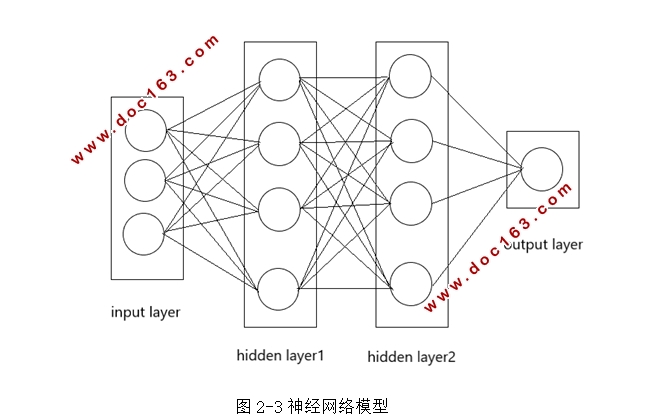卷积神经网络算法在人流密度估计问题中的应用

1.无需注册登录,支付后按照提示操作即可获取该资料.
2.资料以网页介绍的为准,下载后不会有水印.资料仅供学习参考之用.
密 惠 保
卷积神经网络算法在人流密度估计问题中的应用(论文12300字)
摘 要
日前,随着经济水平的发展和人口的快速增长,由群众引发的骚乱越来越多,曾几何时,人群监控变得越来越重要,但依靠人来实现人群监控却容易产生疲劳并且易受个人主观因素的影响。人流统计算法可以自动统计图像中的人群数量,输出可以直观反映出图像中的人群数量的结果图。它能够清晰的反映出实际场景中的人群数量变化,进而采取措施避免危险事故的发生。本文基于卷积神经网络算法对于人流密度估计系统进行研究,采用目标检测来实现人流密度估计问题,实现了一个人群密度自动统计系统。
本文将YOLOv3目标检测算法应用于人群人数识别中,使用的模型是YOLO的卷积神经网络模型,其与原YOLO算法相比提高了检测精度。能够较好的实现对人群密度的统计,实验证明其在检测精度方面明显提高,应用价值广泛。
关键词:人流密度估计;目标检测;卷积神经网络;YOLO算法
ABSTRACT
Recently, with the development of economy and the rapid growth of population, there are more and more riots caused by the masses. Once upon a time, crowd monitoring has become more and more important, but relying on people to achieve crowd monitoring is easy to produce fatigue and subject to personal subjective factors. People flow statistics algorithm can automatically count the number of people in the image, and the output can directly reflect the number of people in the image. It can clearly reflect the changes in the number of people in the actual scene, and then take measures to avoid the occurrence of dangerous accidents. Based on convolution neural network algorithm, this paper studies the crowd density estimation system, uses target detection to realize the crowd density estimation problem, and realizes an automatic statistics system of crowd density. [资料来源:http://think58.com]
In this paper, yolv3 target detection algorithm is applied to the crowd number recognition, using the convolution neural network model of Yolo, which improves the detection accuracy compared with the original Yolo algorithm. It can better realize the statistics of population density. Experiments show that the detection accuracy is significantly improved and the application value is wide.
“Keywords:”Estimation of passenger flow density, Target detection, Convolution neural network, Yolo algorithm.
[资料来源:http://think58.com]

目 录
第1章 绪 论 1
1.1 选题依据 1
1.2 国内外研究现状 1
1.2.1 传统人群密度估计的研究现状 1
1.2.2 基于深度学习的人群密度研究现状 2
1.3 本文结构安排 3
第2章 人流密度估计相关理论 4
2.1 神经网络概述 4
2.1.1 神经网络模型 4
2.1.2 梯度下降法 7
2.1.3 反向传播算法 8
2.2 卷积神经网络 9
2.3 目标检测 11
第3章 基于YOLO目标检测的人群计数 13
3.1 基于YOLO算法的人群计数 13
3.1.1 YOLO的网络结构 13 [来源:http://www.think58.com]
3.1.2 图像分割 15
3.1.3 非极大值抑制得到结果 16
3.1.4 损失函数 16
3.2 实验数据集介绍 17
3.3 实验结果分析 18
第4章 基于YOLO算法的人群检测系统的实现 20
4.1 系统任务需求 20
4.2 系统结构 20
4.3 系统结果展示 23
总结 24
致谢 27 [来源:http://www.think58.com]
